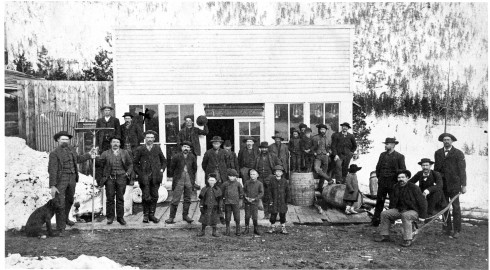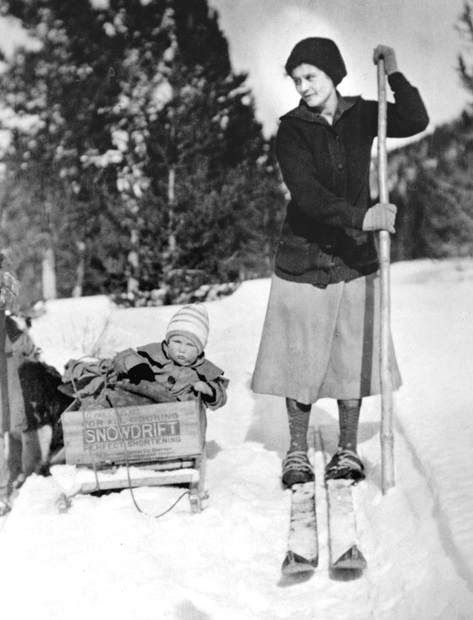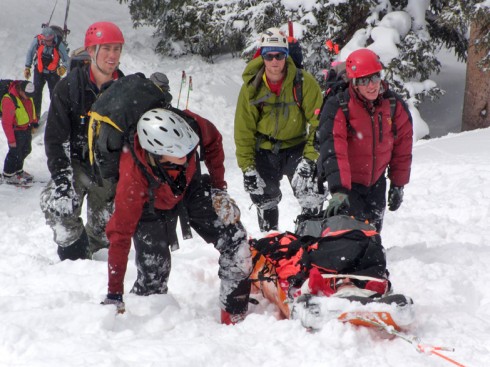by Duane Vandenbusche
The year was 1878 and prospectors R.E. McBride and the Boon brothers, unable to get good mining claims at Monarch, east of the Continental Divide, headed west. The three men went up a gulch past Waterdog Lakes, crossed the Divide and descended into the upper Tomichi drainage on the Western Slope. There, the men found good silver ore and filed claims. The following May, over 200 men swarmed into the area and uncovered the rich North Star, Eureka, Carbonate King and May-Mazeppa silver mines.
During 1879, all supplies had to come in via jack train from Monarch over Old, Old Monarch Pass. By May 1, 1880, the Monarch Toll Road was completed and a fledgling mining camp called White Pine was laid out along Tomichi Creek. The new camp was named for the dense growth of pines which covered the surrounding mountains. The two major routes into the camp were from Monarch on the Eastern Slope and Sargents on the Western Slope.



